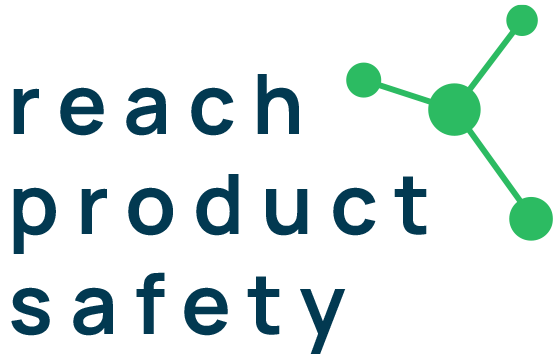Registering a substance according to EU-REACH
Submitting an application for a substance registration requires expert knowledge and we would be happy to provide support. Arranging REACH registrations is complex and requires the involvement of various disciplines. Special software is required for doing a REACH registration and training to get used to that software. People who prepare REACH registrations must also have chemical, environmental and toxicological knowledge. And they need to know the REACH and CLP regulations. On top of that they need project management skills. REACH Product Safety has all these competences and skills and is able to perform REACH registrations of a complex nature.
Registration under REACH usually consists of the following steps.
Substance identification
The REACH regulation prescribes which data must be included in the inquiry dossier (see next step). Part of this is the chemical identity as determined with analytical methods. It may be needed to send a sample to a specialised laboratory that is able to apply the required methods.
Submission of inquiry dossier
When the analytical data are obtained, the inquiry dossier can be completed and submitted to European Chemicals Agency (ECHA). ECHA assessed the inquiry dossier, usually within four weeks, and informs the other registrants of the same substance. This is because the regulation requires collaboration between registrants to limit animal testing by enabling registrants to use each other’s test data under a cost sharing mechanism. ECHA informs the registrant which of the data can be obtained from the other registrants. Data that originate from before a certain time period can be obtained for free. However, for more recent data, the registrant has to pay to the data holder, usually another registrant or consortium of registrants. See next step. The assessment by ECHA may take around four weeks.
Purchasing REACH registration data
Usually a contract needs to be signed with the holder of data that should go into the REACH registration dossier. Such contract is often called a Letter of Access. It gives the right to refer to certain REACH registration data collected by other registrants, after the associated costs have been paid.
Preparing the REACH registration dossier
When the inquiry number is assigned by ECHA (see step 2) and the right to use registration data is obtained (step 3), it is time to compile the REACH registration dossier. Special software is needed that is developed on behalf of the European authorities. This software application, called IUCLID, can talk with the database from ECHA that contains the REACH registrations. The REACH registration file contains analytical, fysical, chemical, toxicological, ecotoxicological, environmental data, guidance for safe use, classification and labelling, transport classification and other data. Which information exactly is required depends on several factors. If certain information is not available it may be needed to include test proposals. Usually all the required data are already submitted by a company which first registered the substance. The co-registrant then does not need to repeat all that information and the REACH registration dossier will be simpler.
The assessment of the REACH registration file by ECHA normally takes around three weeks.
Payment of REACH registration fee to ECHA
The REACH registration number will only be issued by ECHA when they received the required fee. The amount to be paid depends on the company size and the tonnage band. Large companies registering a substance that is produced or imported in more than 1000 tonnes per year pay around € 25 000.
Completion of REACH registration
When the REACH registration number is obtained, the registration is done. But ususally some additional work is needed such as compiling a safety data sheet in case of hazardous substances. It is good practice to organise the used files in such a way that they can be reused if an update of the registration is needed. Updating of registrations is required in case certain information is changed.
We can explain a lot more and would be happy to deal with your questions. Feel free to contact us.
